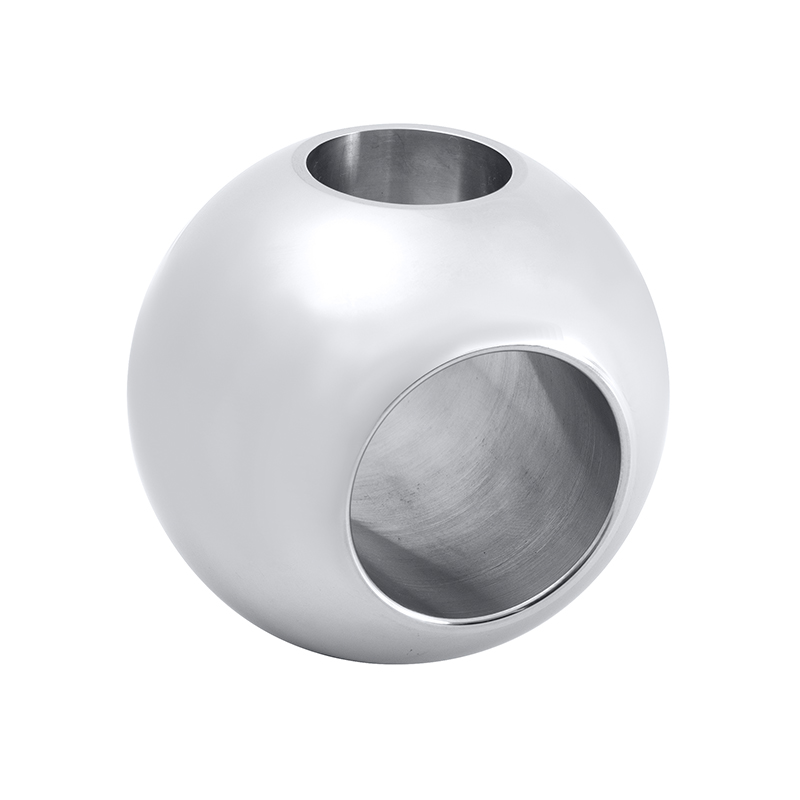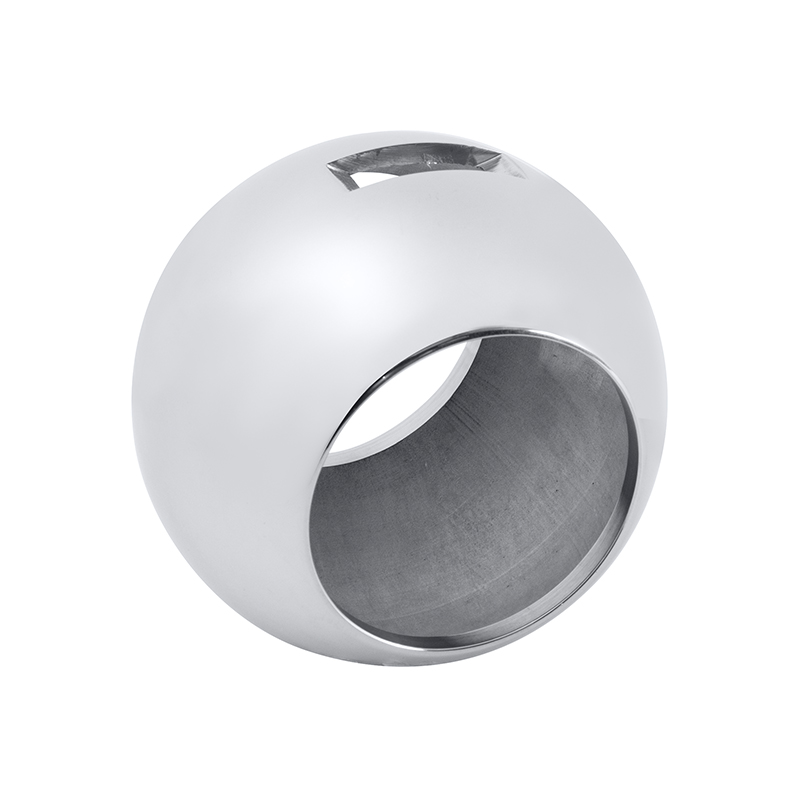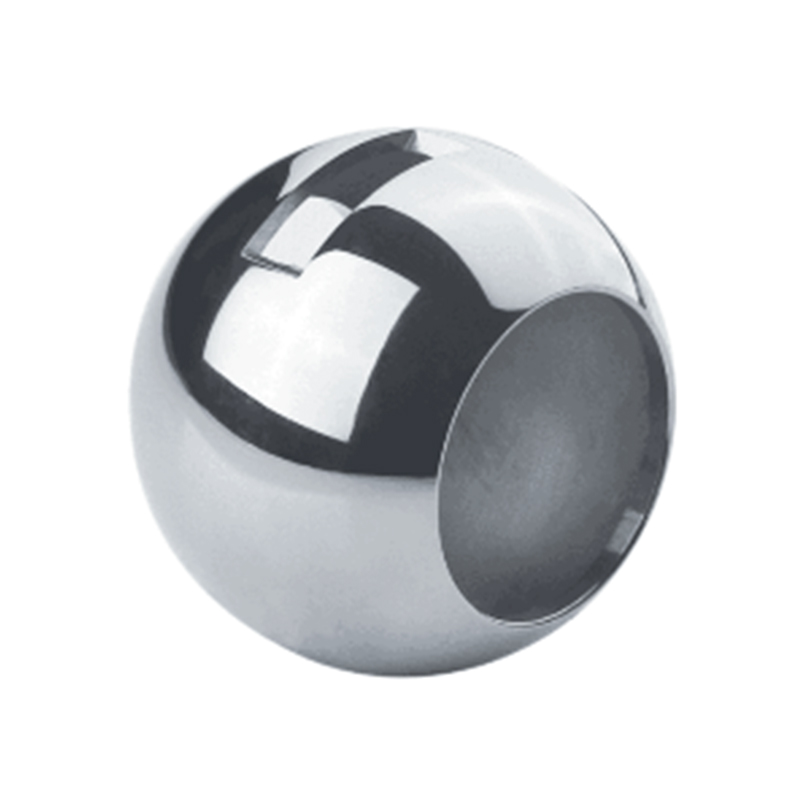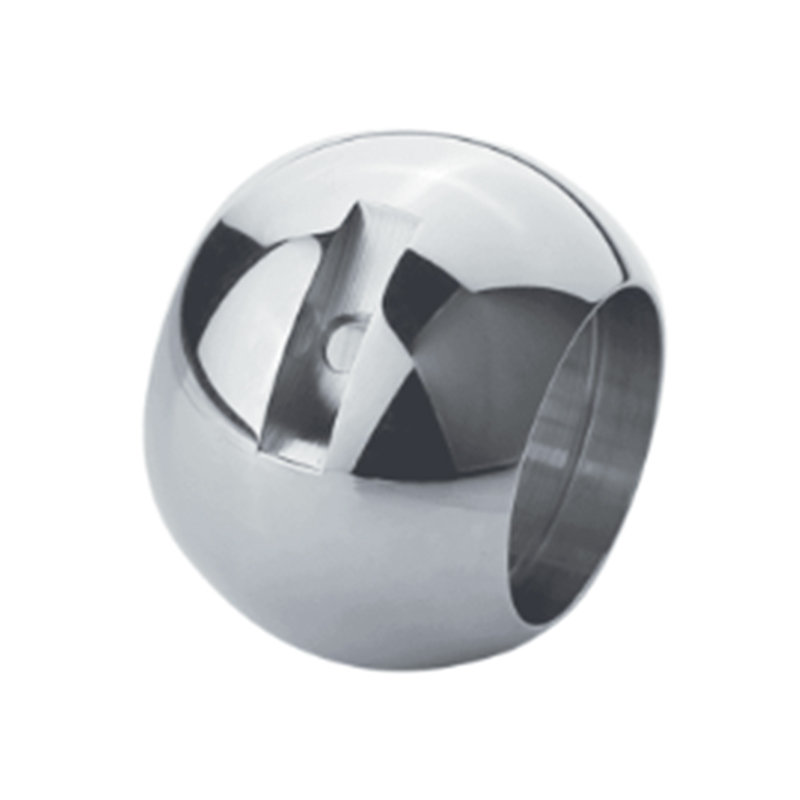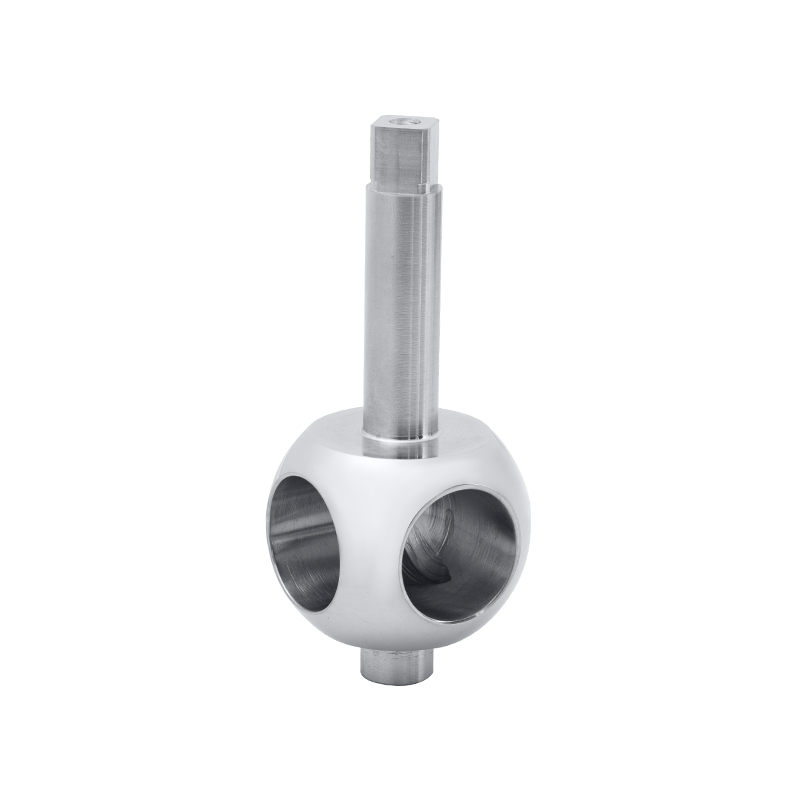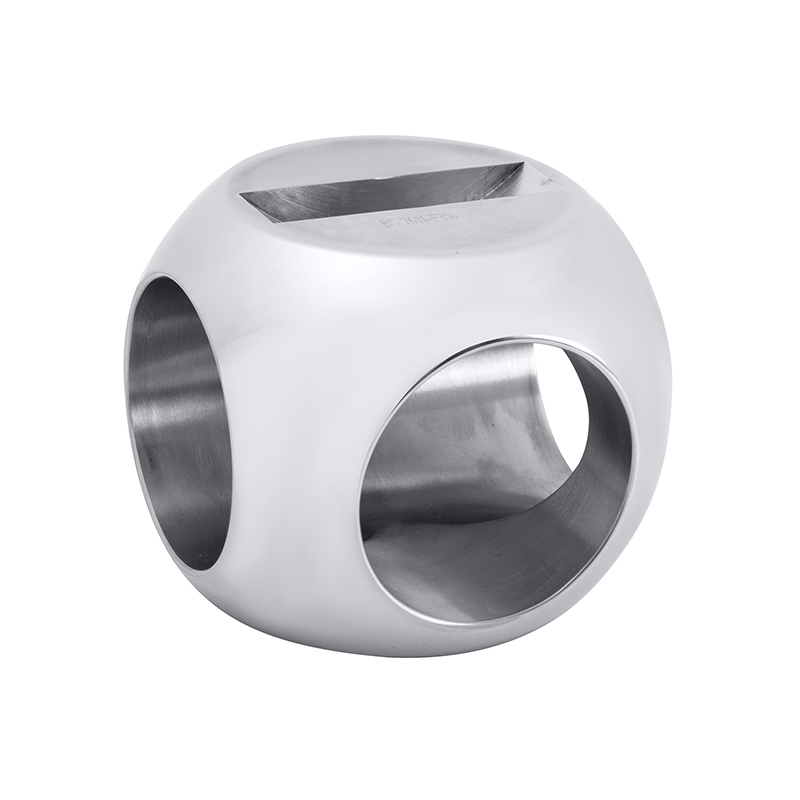In recent years, the field of valve ball production has undergone significant transformations due to advancements in digital manufacturing technologies. From traditional machining methods to highly automated and digitally controlled processes, the industry is adapting to meet the demands for precision, durability, and efficiency. This shift is particularly evident in the manufacturing of specialized valve balls, including high temperature ball valves, stainless steel mini ball valves, and heavy duty ball valves. The integration of digital manufacturing is shaping how these components are produced, inspected, and optimized for various industrial applications.

The Role of Digital Manufacturing in Valve Ball Production
Digital manufacturing encompasses a range of technologies such as computer-aided design (CAD), computer-aided manufacturing (CAM), additive manufacturing (3D printing), and industrial automation. These technologies enable valve manufacturers to enhance production accuracy and reduce advanced times. Valve balls, which are crucial components in controlling fluid flow, require exact tolerances and material integrity to function reliably under different conditions.
For example, high temperature ball valves are designed to operate in harsh thermal environments. Producing the valve ball for these valves requires materials that can withstand expansion, corrosion, and mechanical stress at elevated temperatures. Digital manufacturing techniques allow for precise control over the material selection and machining processes, ensuring that the valve ball can maintain its shape and function over time without failure.
Manufacturing High Temperature Ball Valves
The production of high temperature ball valves benefits greatly from digital simulation and modeling. Manufacturers use advanced CAD software to simulate the thermal and mechanical stresses that the valve ball will encounter. This allows them to refine the design before physical production begins, less costly trial and error. Moreover, CAM systems guide precision CNC machines to mill or lathe the valve ball with very tight tolerances. This precision is critical because any dimensional error could cause leakage or premature wear when the valve is subjected to high temperatures.
In addition, digital quality control tools such as 3D scanning and laser measurement verify the exact shape and surface finish of the valve balls. These inspections ensure consistency across batches, which is crucial for applications where failure could result in safety hazards or costly downtime.
Advancements in Stainless Steel Mini Ball Valve Production
Stainless steel mini ball valves are increasingly used in applications where space constraints demand compact yet reliable valve solutions. Producing the miniature valve balls for these products presents unique challenges. The small size requires machining processes that maintain tight dimensional accuracy while preserving the material’s corrosion resistance and mechanical properties.
Digital manufacturing offers solutions through micro-machining centers and precision additive manufacturing techniques. Additive manufacturing, in particular, enables the creation of complex internal geometries and surface textures that can improve flow characteristics without increasing size. Additionally, digital control ensures consistent production of stainless steel mini ball valves, which often serve in instrumentation, medical devices, and fluid control systems.
Computer-aided inspection further guarantees that each valve ball meets the required specifications, enhancing the performance and longevity of the finished valve. This level of precision is difficult to achieve through traditional manual manufacturing methods.
Heavy Duty Ball Valve Production and Digital Integration
Heavy duty ball valves are engineered to handle high pressures, abrasive fluids, and challenging operating environments. The valve balls in these valves must be robust, often made from reinforced stainless steel alloys or other specialized materials. Manufacturing heavy duty ball valves benefits from the integration of digital manufacturing for several reasons.
Digital design tools allow engineers to simulate real-world operating conditions and optimize the valve ball’s geometry for strength and durability. This reduces material waste and enhances product performance. Second, automated CNC machining centers enable high-volume production with consistent quality, reducing human error and labor costs.
Moreover, digital traceability systems track each valve ball through every stage of production, from raw material inspection to final testing. This traceability is essential for industries like oil and gas or chemical processing, where safety standards are stringent and regulatory compliance is mandatory.
The heavy duty valve balls undergo rigorous non-destructive testing (NDT), such as ultrasonic and magnetic particle inspections, often controlled and analyzed through digital systems. These technologies detect microscopic flaws that could compromise the valve’s integrity under heavy-duty conditions.
Benefits of Digital Manufacturing Across Valve Ball Types
Across all types—high temperature ball valves, stainless steel mini ball valves, and heavy duty ball valves—digital manufacturing brings several overarching advantages:
Improved Precision: CNC and additive manufacturing technologies produce valve balls with exceptional dimensional accuracy and surface finish, critical for sealing and flow control.
Material Efficiency: Digital simulations optimize designs to reduce excess material use while maintaining strength, contributing to cost savings and sustainability.
Reduced advance Times: Automated production workflows accelerate manufacturing cycles, allowing faster delivery and better response to market demands.
Quality Consistency: Digital inspection and traceability systems ensure each valve ball meets stringent specifications, improving reliability in end-use applications.
Customization and Flexibility: Digital design tools facilitate rapid prototyping and customization, enabling manufacturers to meet specific client requirements without lengthy setup changes.
Digital manufacturing is increasingly influencing the production of valve balls across a variety of specialized applications. The capabilities it offers—from design simulation and precision machining to quality control and traceability—help manufacturers produce high temperature ball valves, stainless steel mini ball valves, and heavy duty ball valves that meet evolving industrial standards. As these technologies continue to advance, the valve manufacturing industry is likely to see further improvements in product performance, efficiency, and adaptability.

 English
English Español
Español Deutsch
Deutsch
